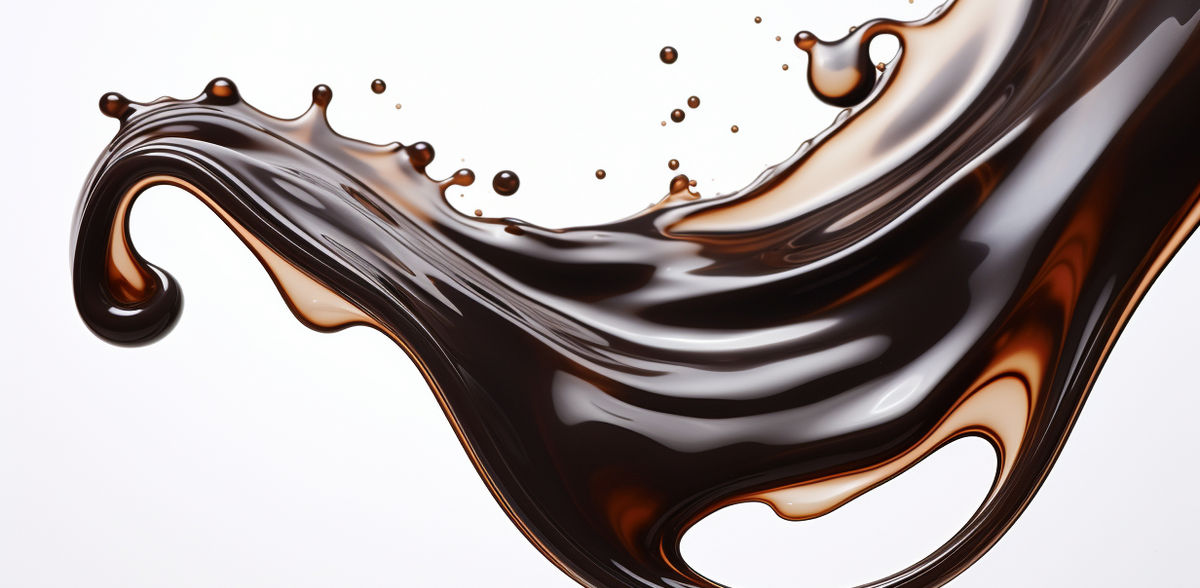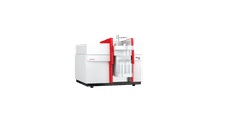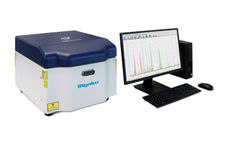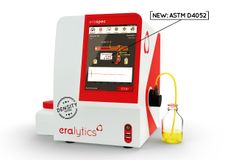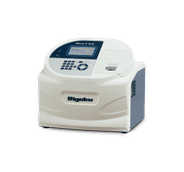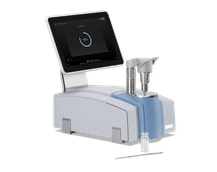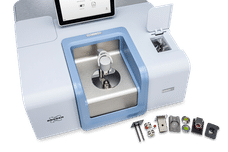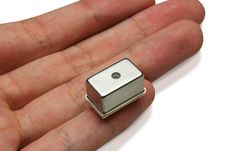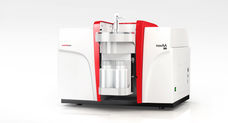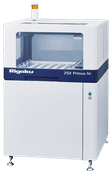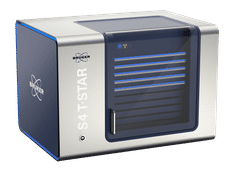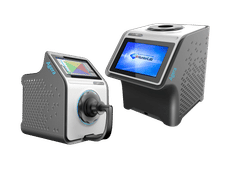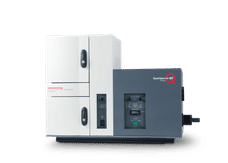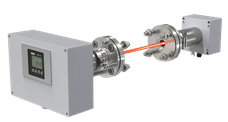Benchtop NMR spectroscopy can accurately analyse pyrolysis oils
More accessible analysis could help develop the potential of bio-oils as an alternative to fossil fuels
Advertisement
A team of researchers at Aston University has demonstrated that benchtop spectrometers are capable of analysing pyrolysis bio-oils just as well as far more expensive, high-field spectrometers.
Bio-oils resulting from the intense heating (pyrolysis) of industrial or agricultural by-products, are increasingly seen as potential alternatives to fossil fuels. But the stability and consequent treatment of these bio-oils depends entirely on their composition; and since they are often mixtures of many dozens, or hundreds, of different compounds, analysing such complex mixtures is not simple – or cheap.
Dr Robert Evans, Senior Lecturer in Physical Chemistry at Aston University, explains: “The composition of any pyrolysis bio-oil is absolutely key to future use. For example if there are oxygen-containing chemicals in the oil, that will make the oil more corrosive and it will be more unstable. So in particular we need to know if carbonyl groups are present - where oxygen and carbon atoms are bonded together - as these can have a major impact.”
A leading method of analysis is high-field nuclear magnetic resonance (NMR) spectroscopy, which gives a detailed breakdown of the identity and concentration of chemical species present in any sample. However these large high-field NMR spectrometry machines cost in the range of £600,000-£10million and require a supply of expensive cryogens and solvents, so are generally only found in the very biggest research facilities.
The team at Aston, led by Dr Evans, set out to see if ‘low-field’, or benchtop, NMR spectrometers, could analyse pyrolysis oils well enough to produce the necessary detailed information. Benchtop NMR spectrometers use permanent magnets, which don’t require cryogenic cooling, so cost much less to purchase and maintain. However, using lower strength magnets comes at the cost of lower sensitivity and poorer resolution. While they can find some use as research instruments, they are also commonly found in teaching laboratories.
The study, carried out with collaborators at the University of Tennessee, tested pyrolysis oils produced from a number of different plants, and compared the results from benchtop spectrometers to both high-field spectrometers and other methods of analysis. They found that the benchtop machine estimates compared favourably with titration analysis for overall carbonyl content, as well as matching high-field spectrometry for the specific identification of carbonyl groups such as ketones, aldehydes and quinones.
Dr Evans said: “Despite the known limitations of benchtop spectrometers, a very similar quality of NMR data could be obtained for these samples, enough to accurately estimate concentrations of different classes of carbonyl-containing species. Using benchtop spectrometers will make NMR analysis of pyrolysis oils much simpler, cheaper, and more accessible to a wider range of different users.”
Original publication
Other news from the department science
These products might interest you
Most read news
More news from our other portals
See the theme worlds for related content
Topic World Spectroscopy
Investigation with spectroscopy gives us unique insights into the composition and structure of materials. From UV-Vis spectroscopy to infrared and Raman spectroscopy to fluorescence and atomic absorption spectroscopy, spectroscopy offers us a wide range of analytical techniques to precisely characterize substances. Immerse yourself in the fascinating world of spectroscopy!

Topic World Spectroscopy
Investigation with spectroscopy gives us unique insights into the composition and structure of materials. From UV-Vis spectroscopy to infrared and Raman spectroscopy to fluorescence and atomic absorption spectroscopy, spectroscopy offers us a wide range of analytical techniques to precisely characterize substances. Immerse yourself in the fascinating world of spectroscopy!
